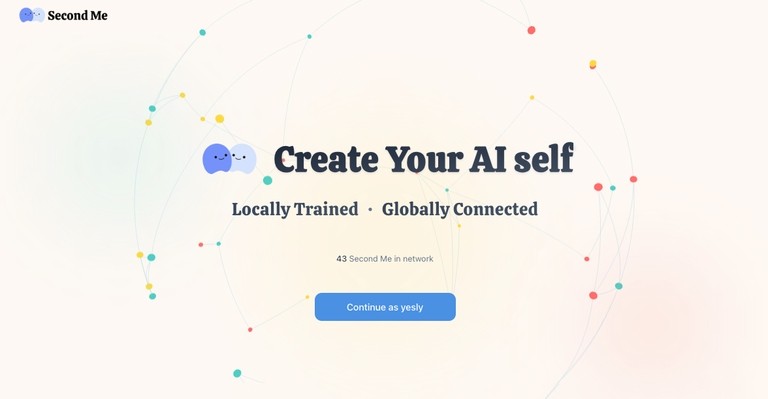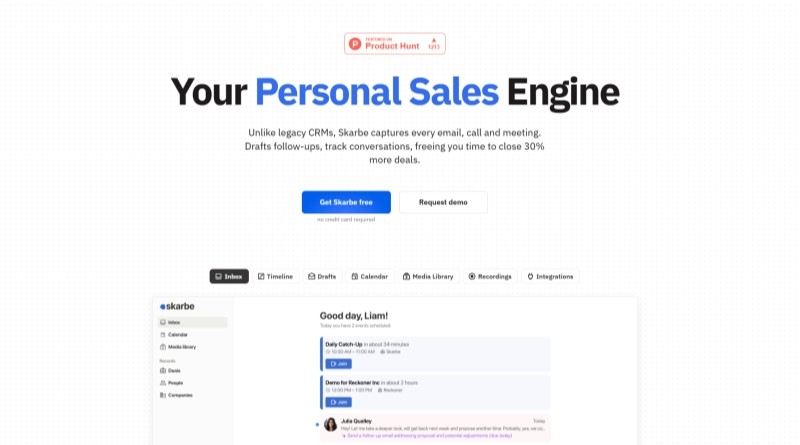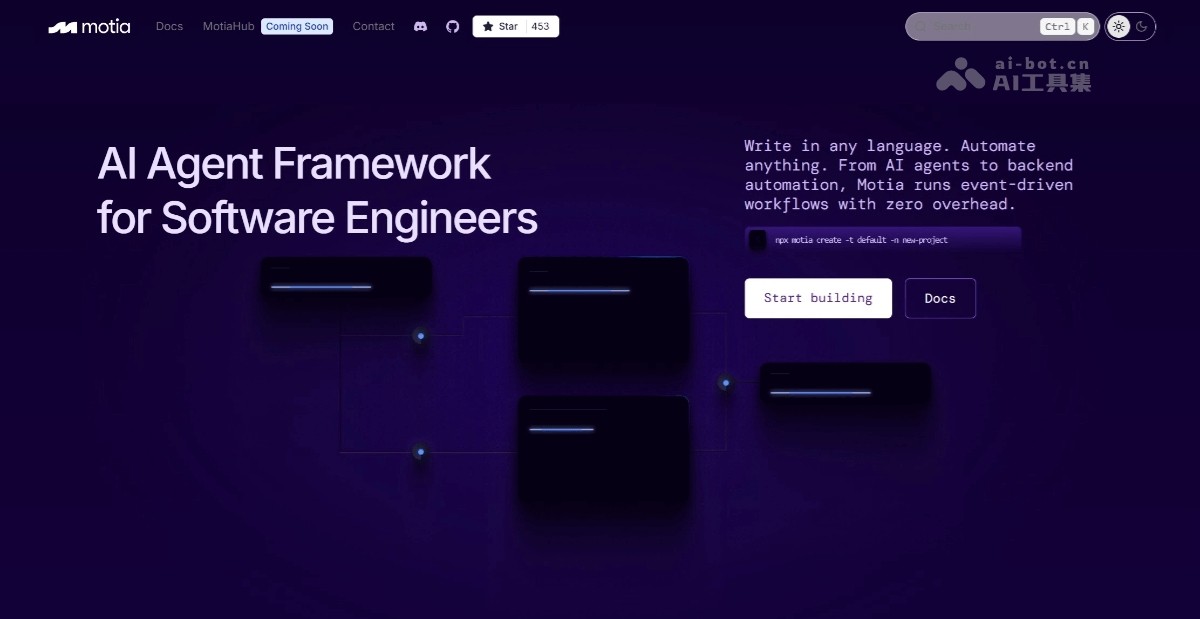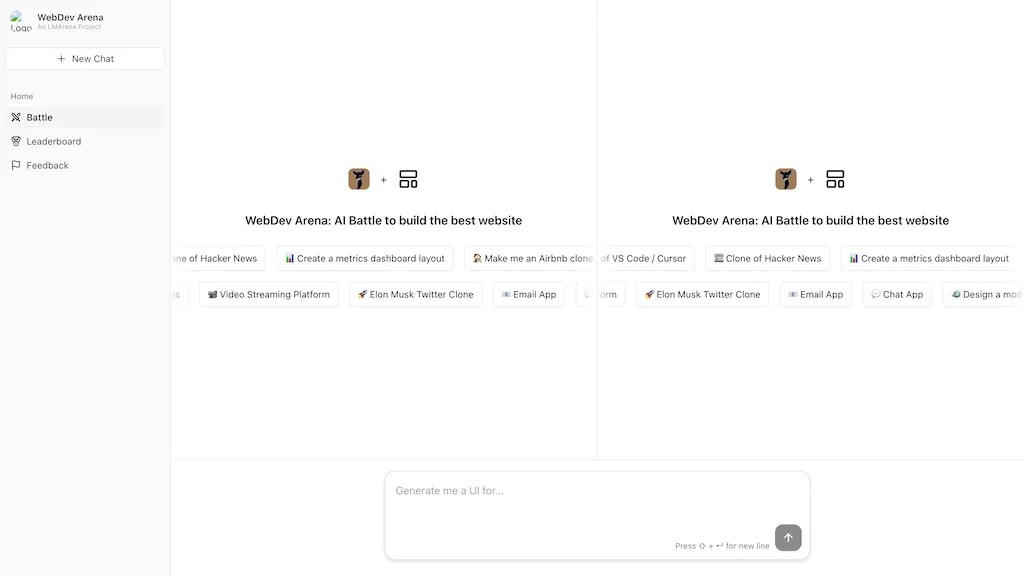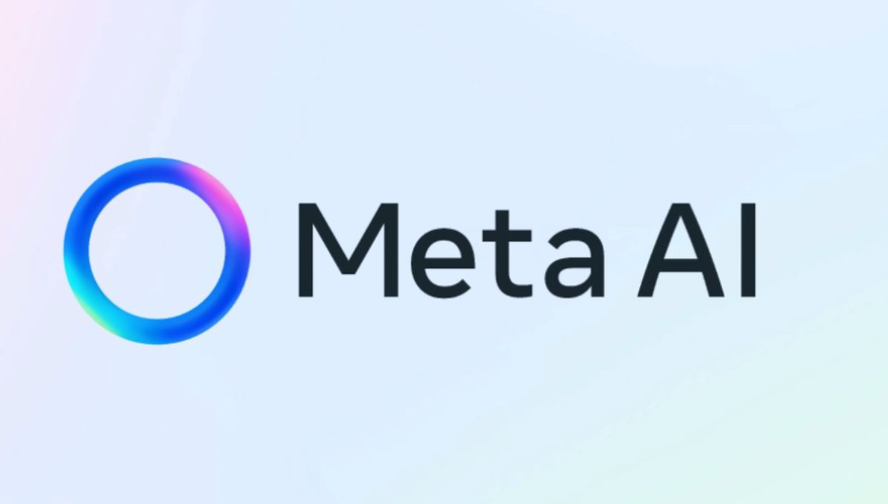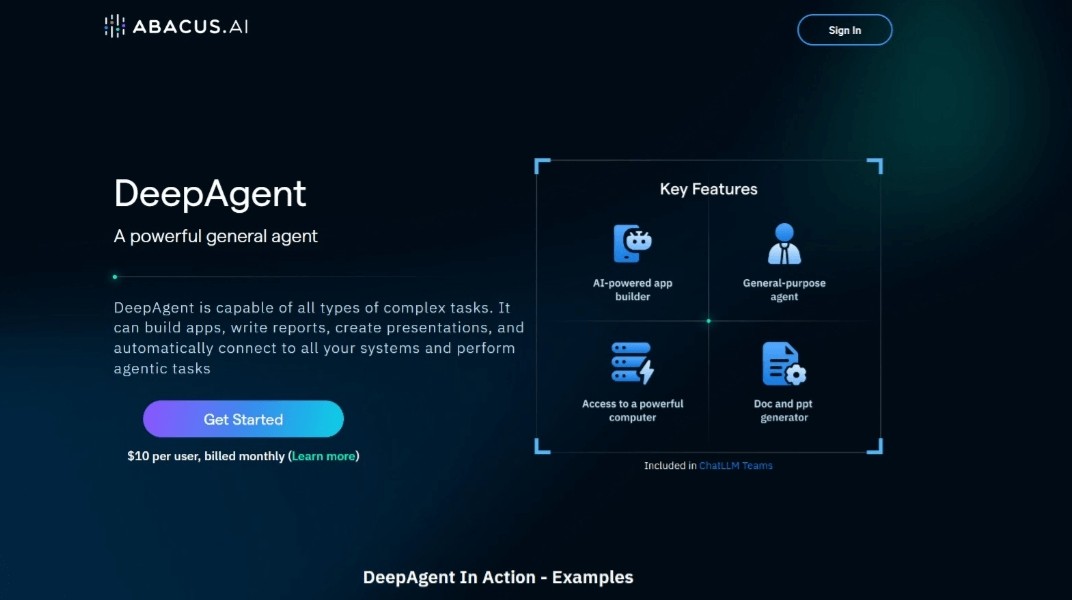ImageInWords
ImageInWords generates hyper-detailed image descriptions enhancing visual language models and aiding accessibility.
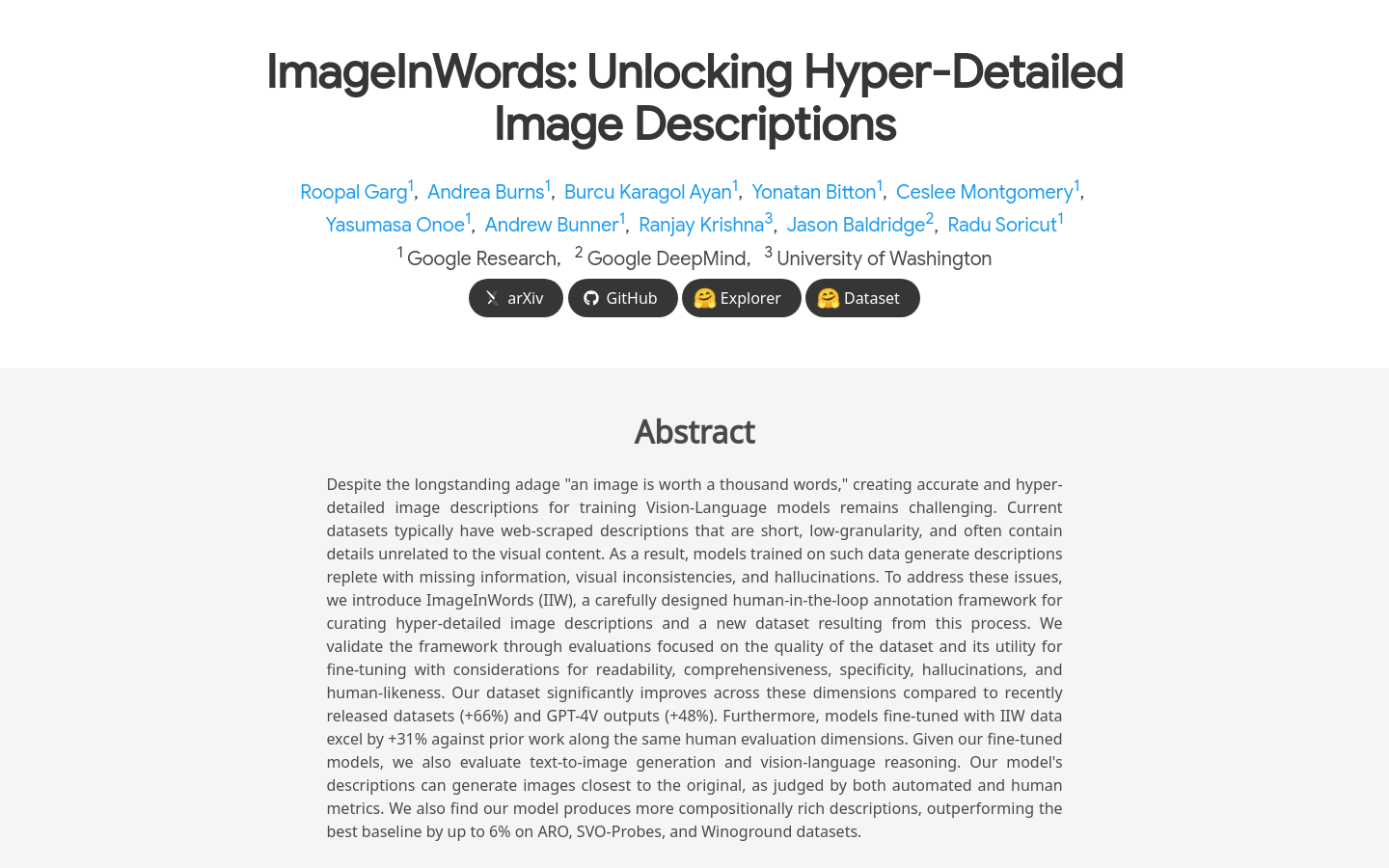
What is ImageInWords?
ImageInWords is a cutting-edge human-in-the-loop annotation framework that generates hyper-detailed image descriptions. It enhances visual language models by providing high-quality, comprehensive, and accurate image descriptions. Ideal for researchers, developers, educators, and creatives, it supports various applications like generating product descriptions, aiding visually impaired individuals, and training AI models for better image understanding.
